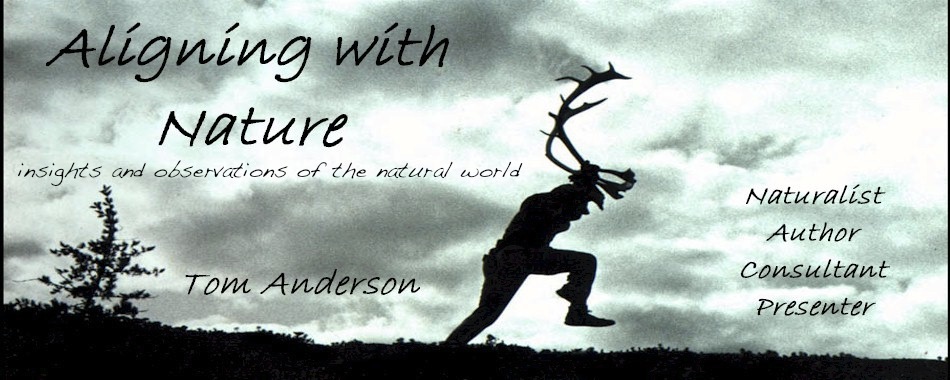Birch Light

I find it fascinating that so many Minnesotans like to grumble about winter. Incessant whining about the ever present ice, more snow and cold. And the color scheme of white and black is boring them. I would only add fodder to their depression if I tried to explain that neither black nor white are colors; they are shades.
I happen to like winter and its black and white landscape. While this frozen season is not a collage of color, its starkness inspires me to focus. The white landscape is streaked, dotted and smeared with contrasting dark patterns. There are tree silhouettes and shadows, lacey mouse tracks, shivering dried grasses and brittle goldenrod stems.
On a recent ski through our oaken property to nearby ski trails, I found myself striding through fleets of paper birch seeds and catkin scales on the snow. The trees had recently shed these seeds. Now they resembled tiny, haphazardly grounded aircraft, each with outstretched wings.

Their flight orders have worked well for millennia as a means of seed dispersal. Of the thousands of tiny airborne seeds, only a fraction will land on ground suitable for taking root and gathering sunshine.
Feeling the slight northwest wind on my cheek, I glanced upwind and spied a phalanx of birch growing along the edge of what had been my Grandpa’s old cultivated field over 50 years ago.
Ecologists consider paper birch a pioneer species. It is always seeking an edge or large opening with ample sunshine. And thousands of years ago, birch were among the first trees to establish themselves as the glaciers retreated northward.
Perhaps no tree in Minnesota is as easily recognized as a mature paper birch with its chalky white bark that often peels in curling thin strips. (There are five native species of birch in Minnesota with paper birch being the most widespread.)
The black horizontal lines on birch bark resemble slightly raised morse code dashes. These are lenticils and their function is gas exchange.

The Anishinaabe origin story for birch trees tells of how thunderbirds struck the trees with their lightening, leaving their dark shapes and forms on the tree’s trunk.
High in the naked birch canopy, I spotted movement. It was a flock of ten or so common redpolls. This year decent numbers of these small finches migrated here from their subarctic nesting grounds.
Some of the birds were hanging upside down on fine birch twigs while they worried the small catkins for seeds. One small birch catkin cone can contain a thousand seeds. Some drift on the winds and others become fuel for the winter birds.
I skied along the border of birch admiring the stark interplay of white and black. The chalky, white powder that coats the bark is mostly a chemical called betulin. (Birch are found in the genus Betula.) These crystals are arranged in such a way as to reflect light and appear white.
This property is a survival adaptation as it reflects light during the coldest of winter days. Trees with darker bark like an oak or black cherry will absorb the sun’s heat during the day and then cool down quickly on a frigid night. The heating and cooling can kill inner bark cells; the cells that are responsible for the growth of the trunk. Rapid heating and cooling can cause severe frost cracks in the tree’s bark.
Marveling at these white trees thriving on a white, crystalline landscape, I found myself thinking of other gifts of birch.
Our woodshed holds mostly oak and black cherry but there is some split birch that I have taken from the rare windfalls. I love heating with it as it splits relatively easily and its bark ignites quickly. It’s also a clean wood to carry in from the porch woodbox to the kitchen stove.
I have bags of collected birch bark that I have found on the ground while visiting northern Minnesota. In my opinion there is no better tinder to start a fire. I once soaked a piece of birch bark in a jar of water overnight and then in the morning pulled it dripping from the water, shook it and lit it easily with a match. But bark should never be torn from a living tree as it can result in damage to the tree.
When we lived in the Yukon Territory in northern Canada, we always looked forward to the summer limited production of Yukon Brewing’s birch beer called Up the Creek. The brewers use birch syrup boiled from the sap collected of roughly 1500 birch trees.
Skiing home, I made a mental note to bring a plastic bag on my next ski to scoop us some snow and little seeds. I plan on making some seed-speckled snowballs and throwing them around our property, for their second flight, with hopes of perpetuating lightness.
No mosquitos or deer flies, no humidity: only the simple shades of black and white. A perfect day to be outside.



























